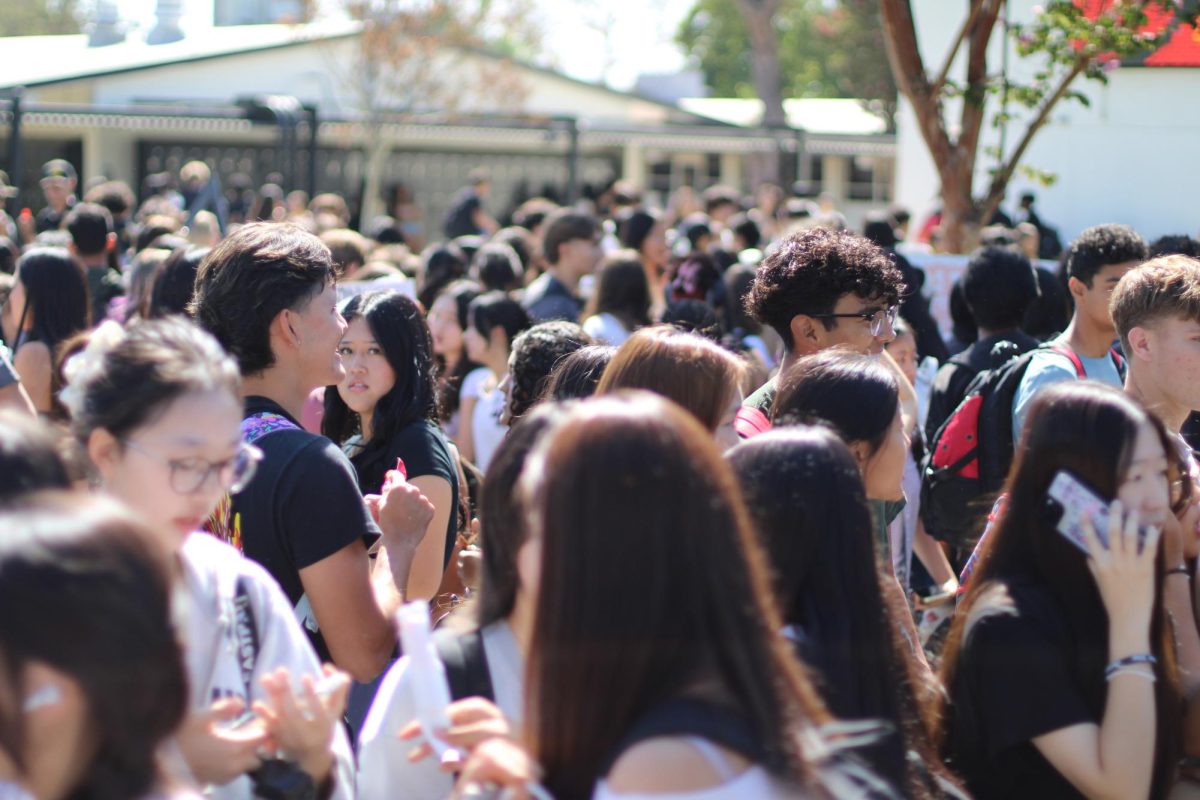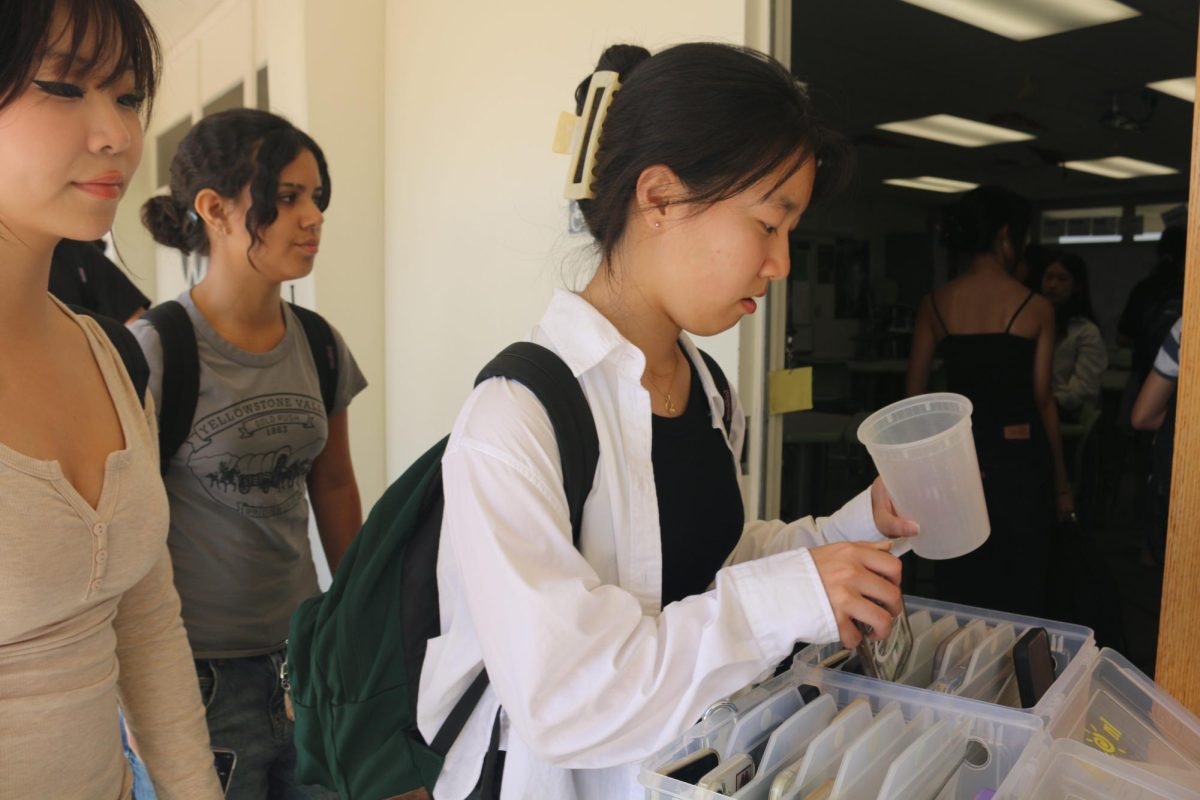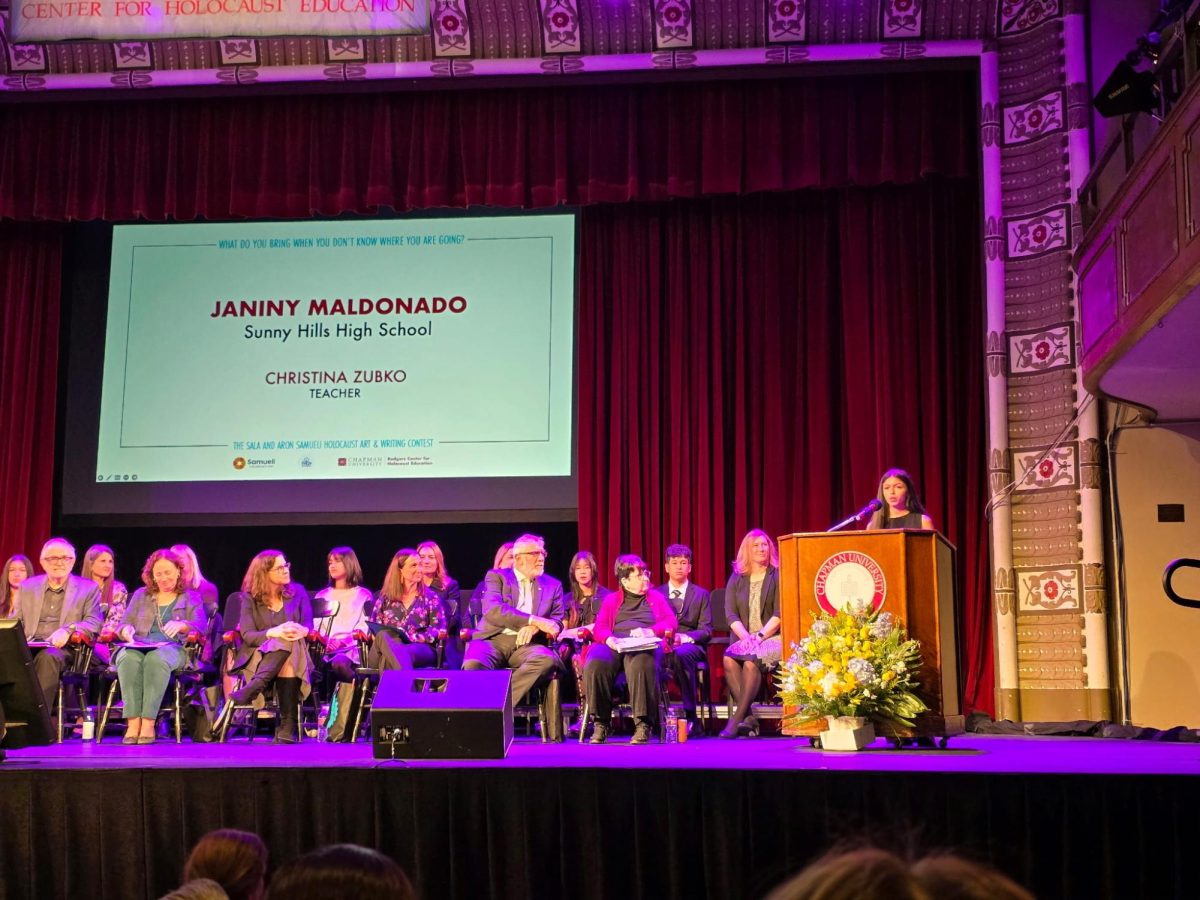This story was updated May 12 to include an updated figure for how many seniors still need to fulfill the CPR requirement.
As of mid-May, 13 of 547 enrolled Sunny Hills seniors are in danger of not graduating and getting their high school diploma because they have yet to fulfill their state-mandated CPR training, school officials said.
When California Assembly Bill 1719 became law in 2016, legislators gave school districts that require health as a graduation requirement until 2018 to come up with a plan as to how they will incorporate CPR training into their curriculum.
In 2018 and 2019, Sunny Hills has been sending seniors to the gym in their last semester on campus to learn about CPR and practice hands-only compressions on a mannequin.
But because of COVID-19 health and safety protocols, school officials this semester decided to require that seniors watch at home a nearly 44-minute-long video from the American Heart and American Stroke associations about how to perform various CPR techniques and then submit a video of their practicing what they learned on a stuffed animal, doll or pillow.
For seniors taking government or economics this semester, their social science teachers posted the assignment in students’ Google Classrooms in March and gave them until April 9 to complete it.
However, for those who already took government and econ last summer or don’t have a social science class this semester, assistant principal Hilda Arredondo sent an email reminding them to fulfill this graduation requirement.
“Our records show that you still need to meet this district graduation requirement,” Arredondo wrote in a March 31 email to these seniors. “Therefore, please watch the CPR Video and upload a short video of yourself demonstrating Hands Only CPR compressions on the Google Form. You may use a pillow or doll.”
While many social science teachers and students were not aware of who will watch the video submissions to ensure that each 12th-grader has completed the assignment correctly, Arredondo said she will be the one to do so.
Since administrators don’t want this assignment to get in the way of a senior from graduating and receiving a diploma, the assistant principal said she will continue to reach out to those remaining students until the last week of the semester before final exams start.
Meanwhile, Arredondo acknowledged that live instruction in the gym was the most effective way to offer CPR training to students.
“Once we’re back, next year’s seniors will be able to practice on a dummy, which closely resembles a human body, helping them to train more accurately,” she said.
Several students who completed the assignment also agreed that they would’ve preferred to have learned about CPR in person.
“I don’t believe the program was very effective,” said senior Jessica Garcia, who recorded her practicing CPR hands-only compressions on her stuffed teddy bear. “I believe the experience would have been completely different at school because we would’ve had a person guiding us instead of struggling by ourselves while doing it with halfhearted effort.”
Senior Henry Johnson also found the assignment challenging.
“Overall, I’d describe the experience as difficult,” Johnson. “It was strange having to work with what we have at home.”
Senior Melina Rodriguez made the most of her CPR practice by following up on her Government teacher’s suggestion that she use the rhythm in the 1970s Bee Gees disco song, “Stayin’ Alive,” to maintain the proper hands-only compressions.
“The song helped me,” Rodriguez said. “I would be able to apply these skills in an emergency.”
YouTube does offer a few videos of CPR hands-only demonstrations based on the “Stayin’ Alive” song though many seniors said they didn’t watch any of them.
Nevertheless, that aspect of CPR will be what Garcia said will impact her the most.
“I think the CPR hand positions are the only thing I can feel confident about since the program really taught it well,” she said. “They gave us a visual with different angles and didn’t just verbally instruct us.”


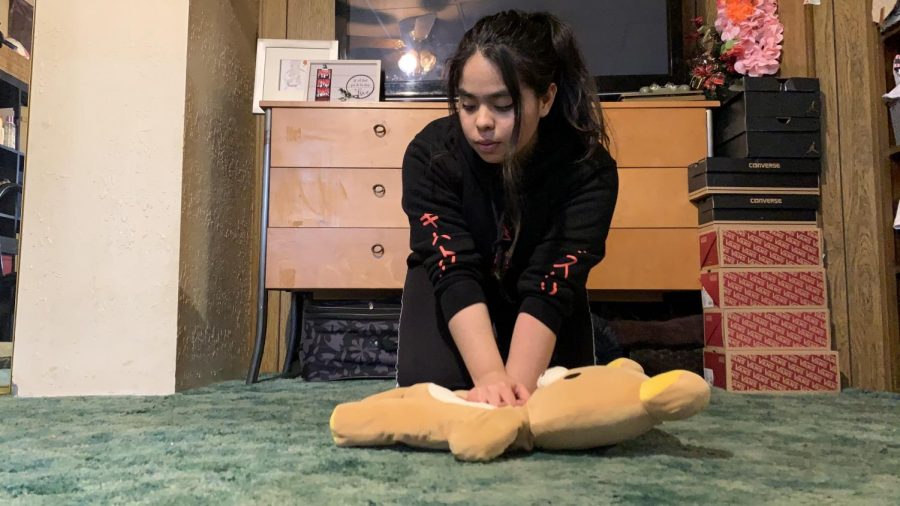

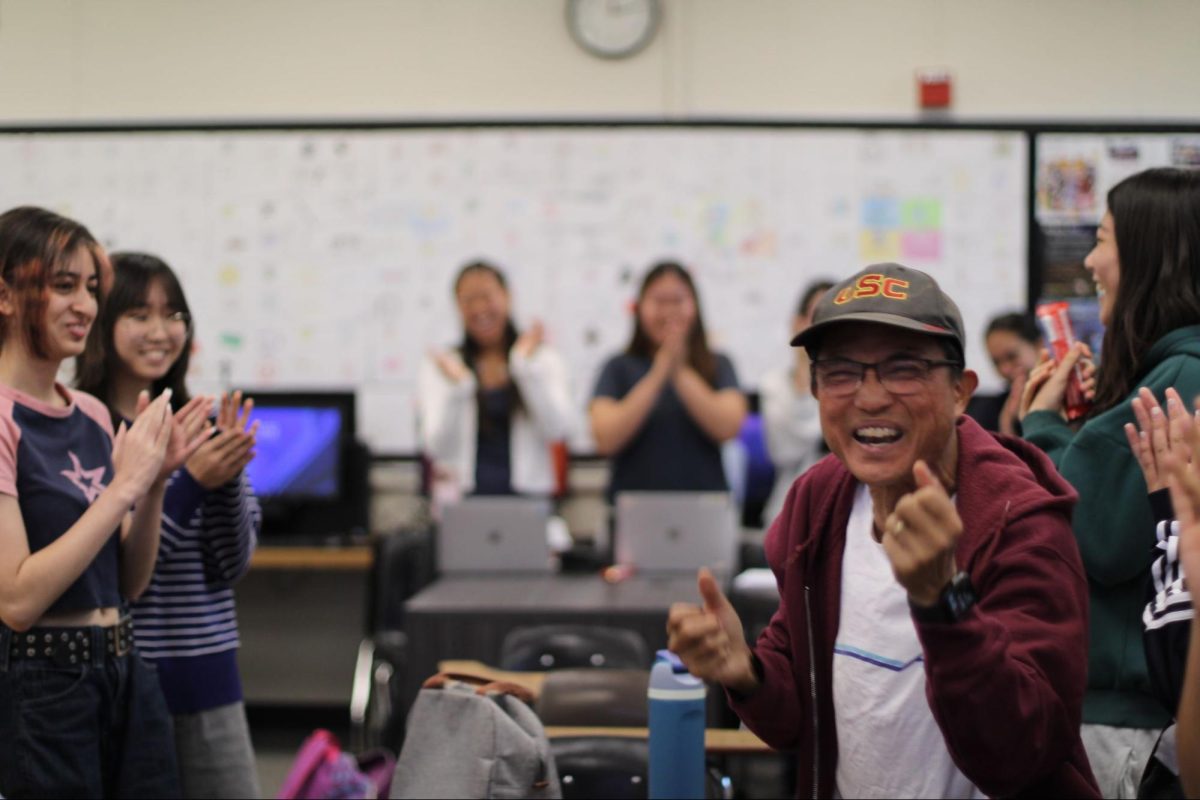

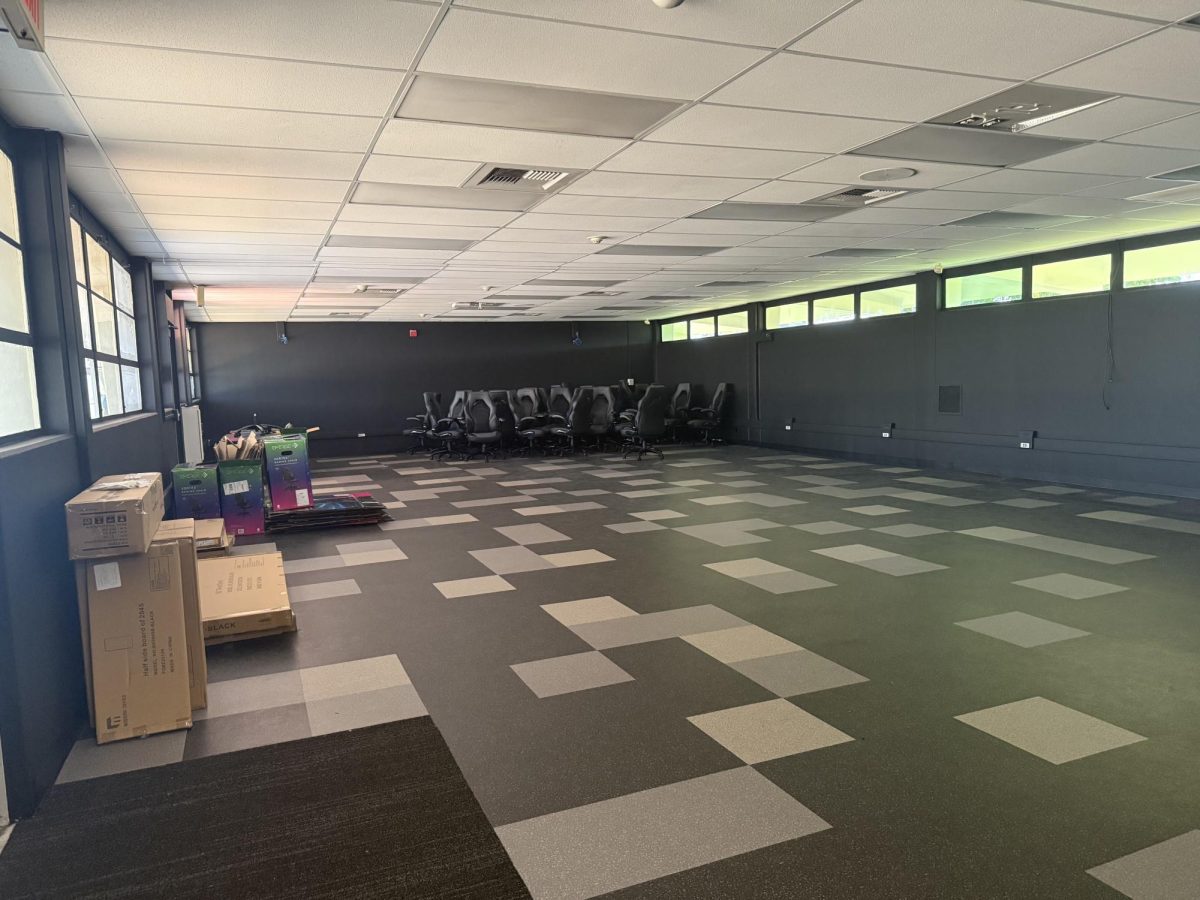
![Students and staff across the Fullerton Joint Union High School District [FJUHSD] received emails promoting a part time job offer with pay. The messages were set from compromised FJUHSD accounts.](https://shhsaccolade.com/wp-content/uploads/2025/09/image1-2-1200x527.png)
